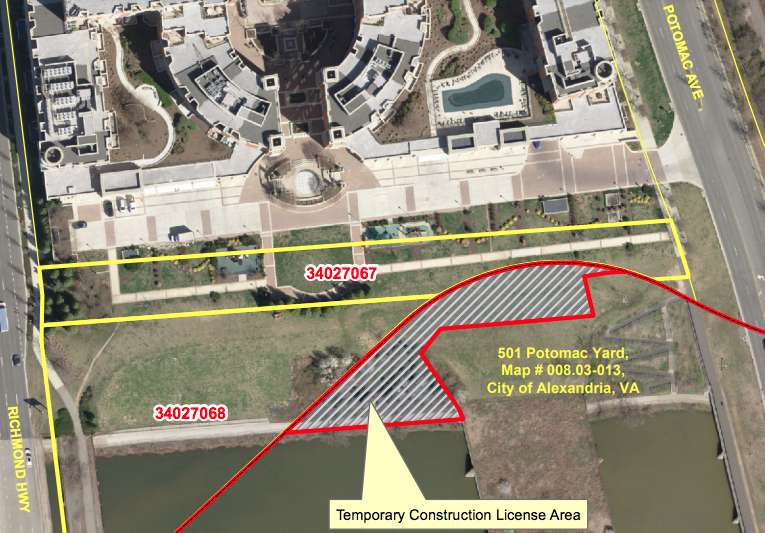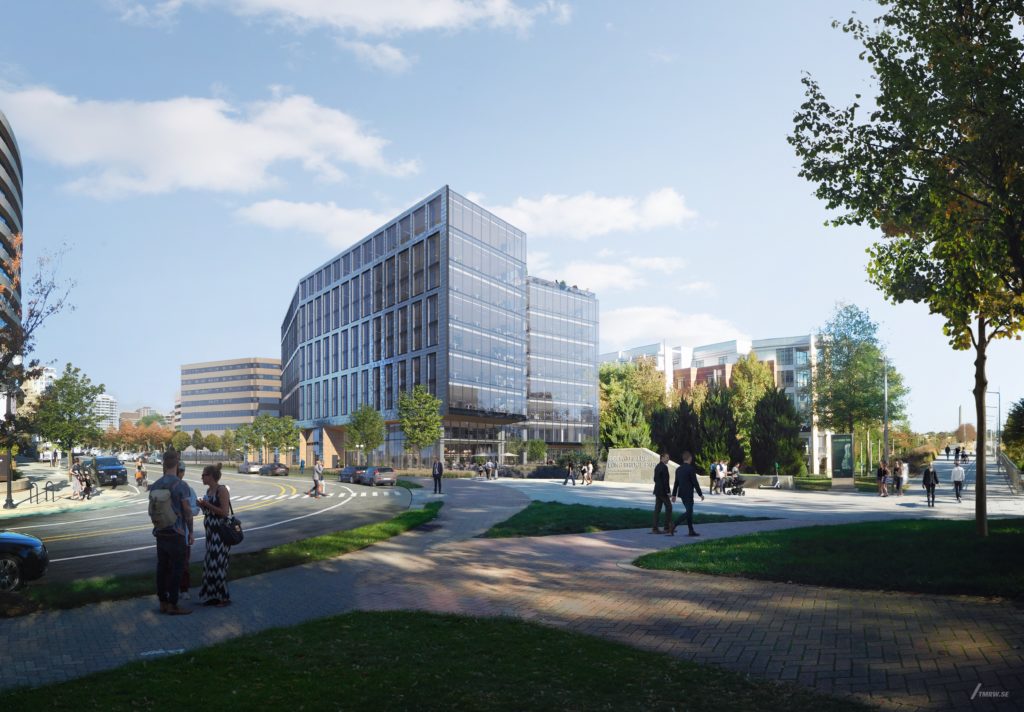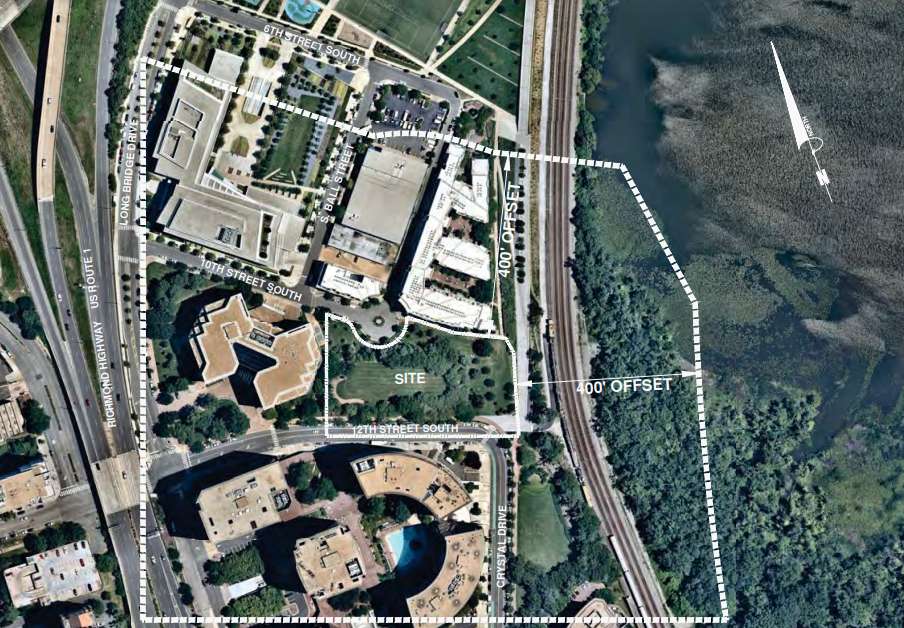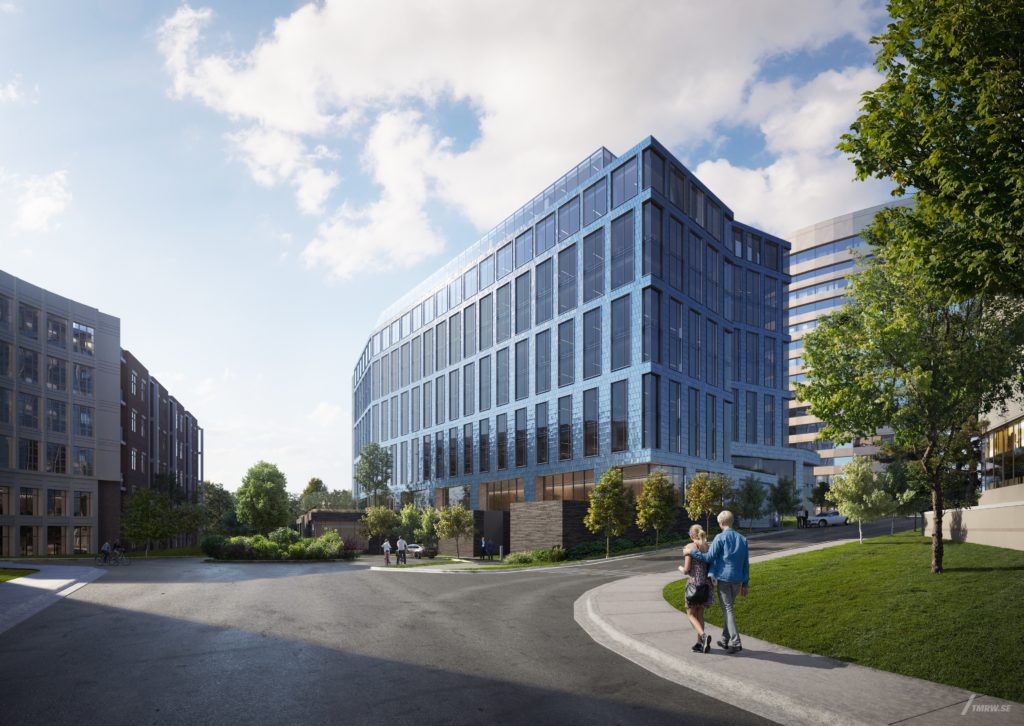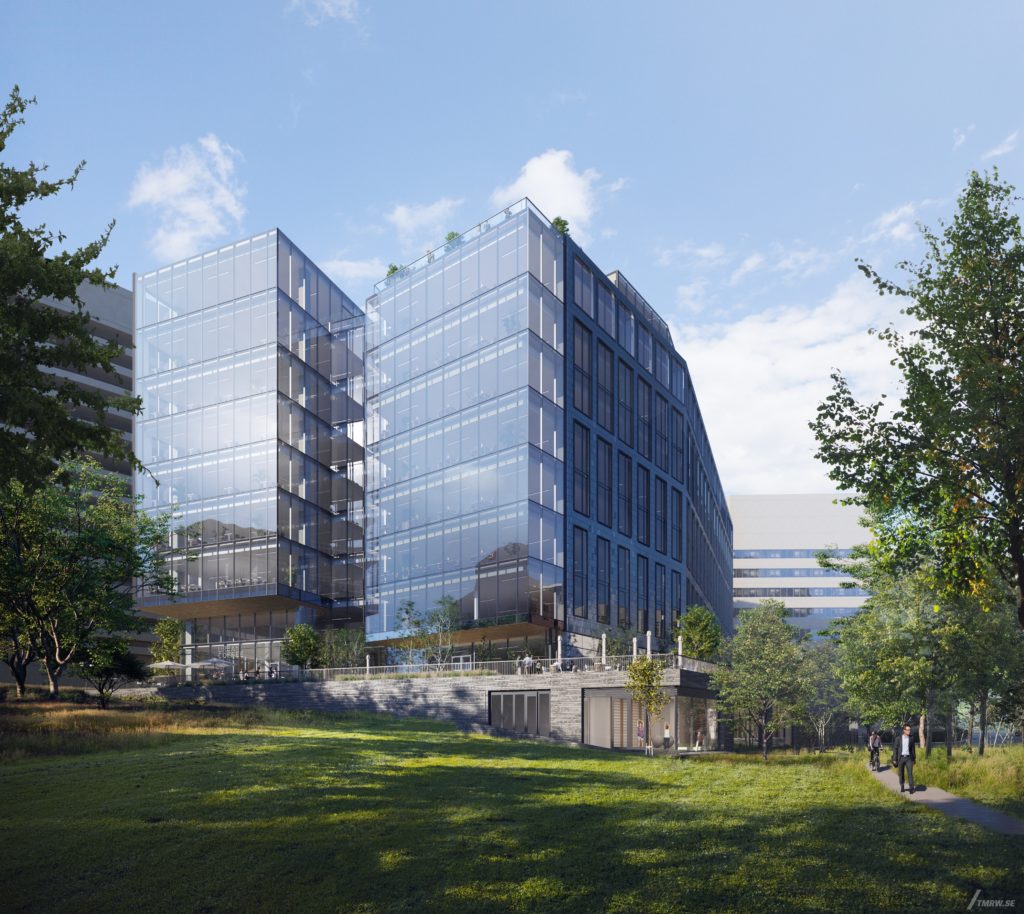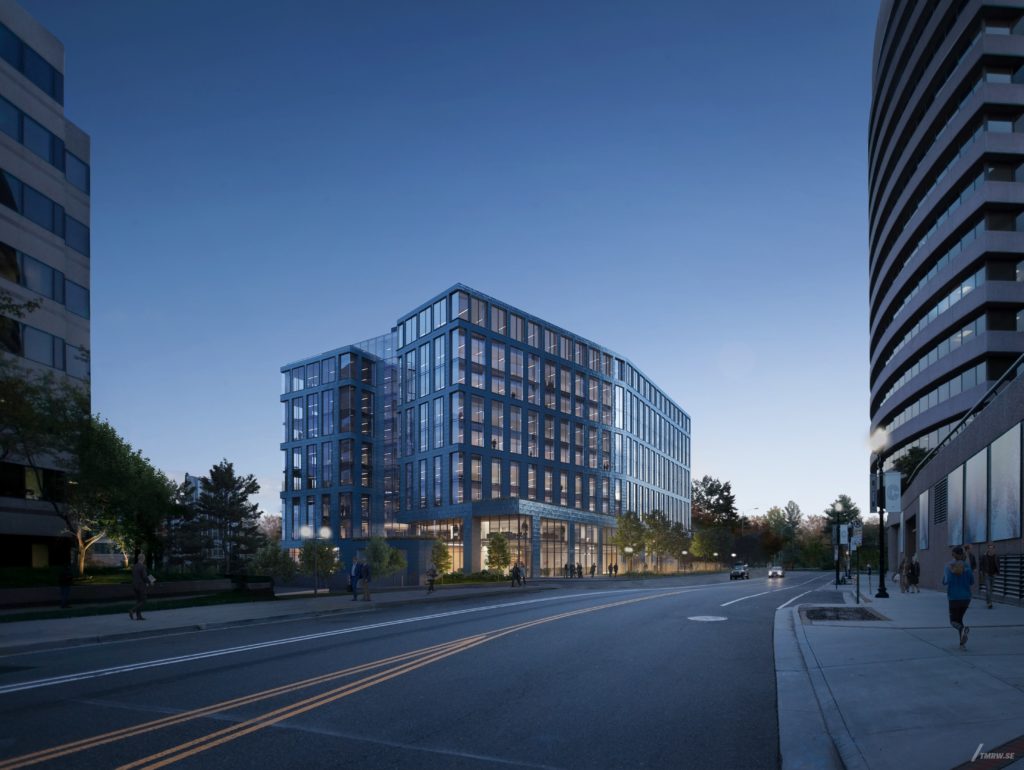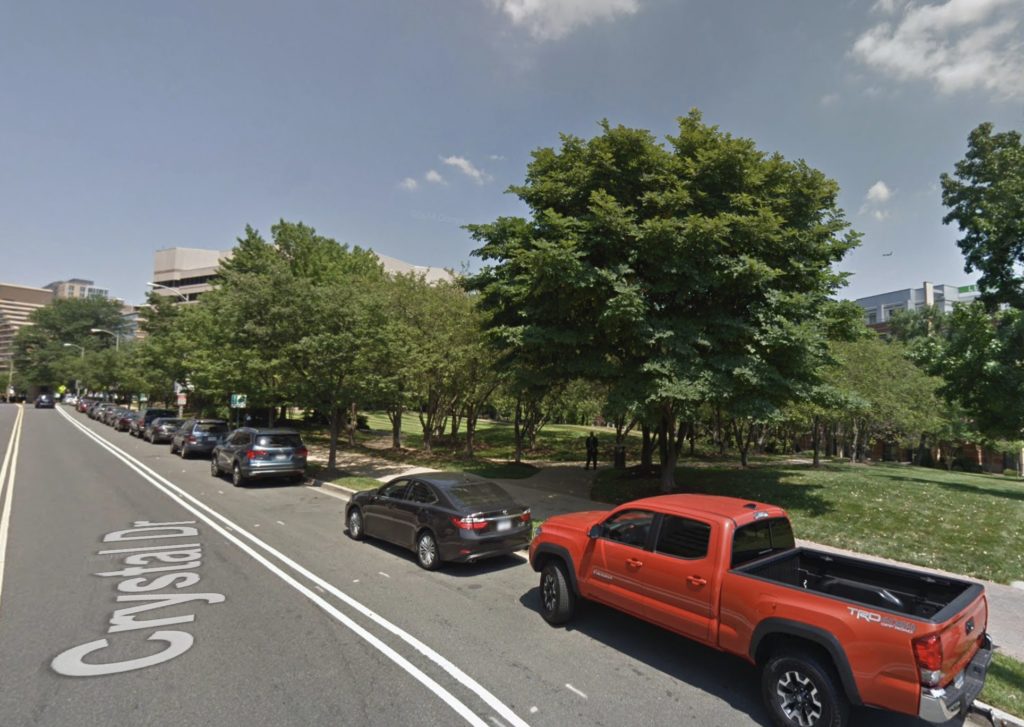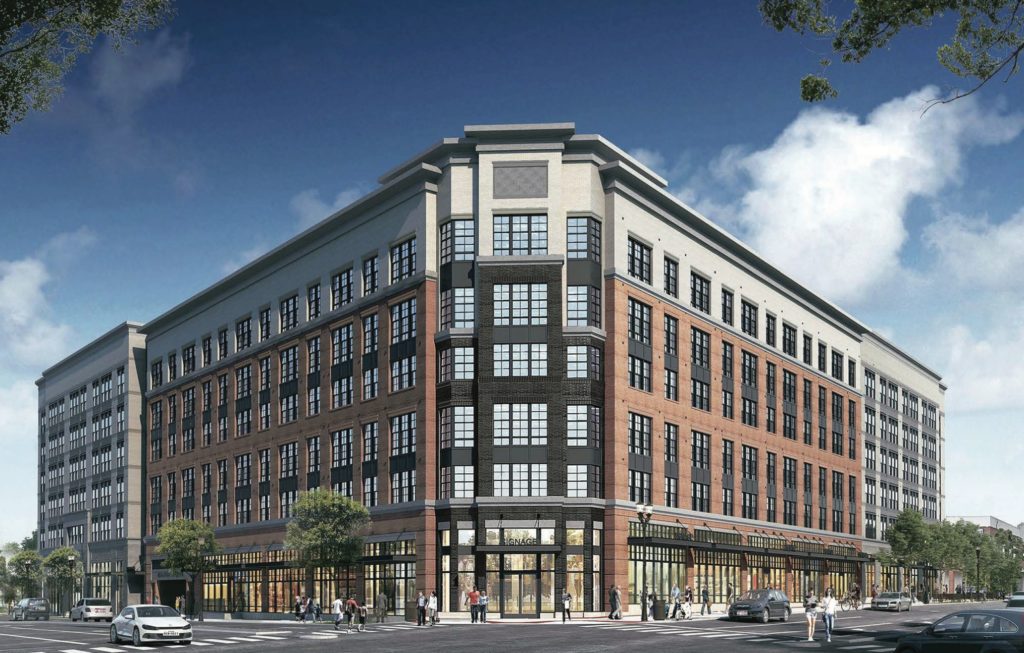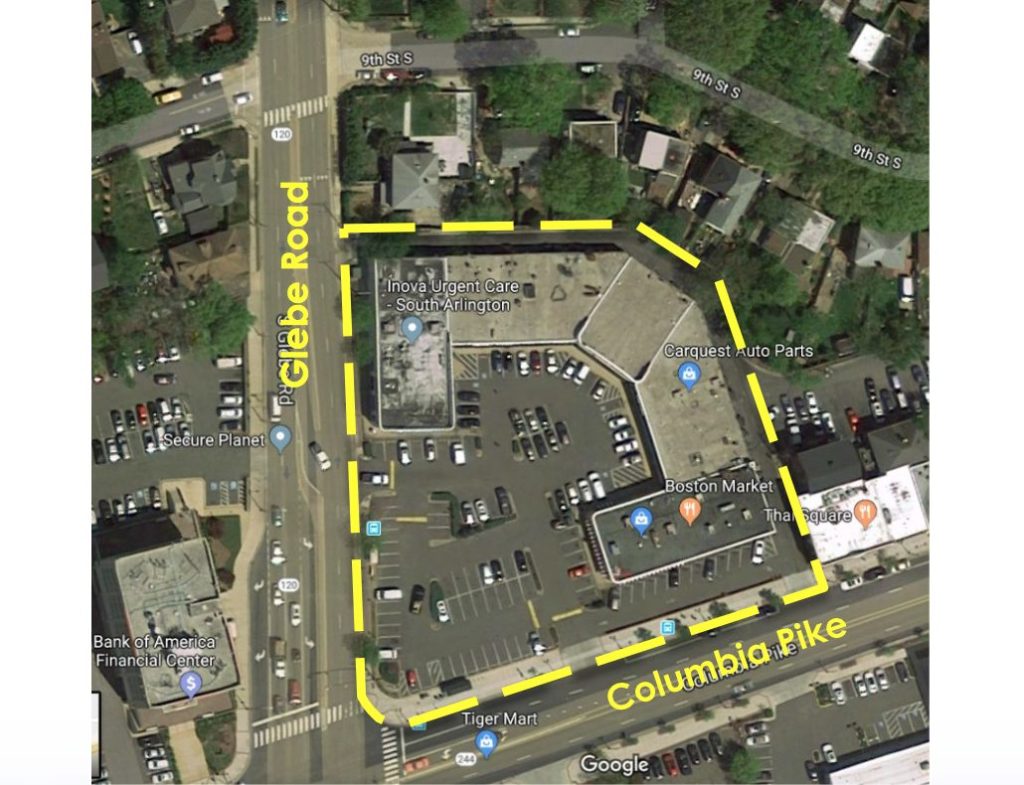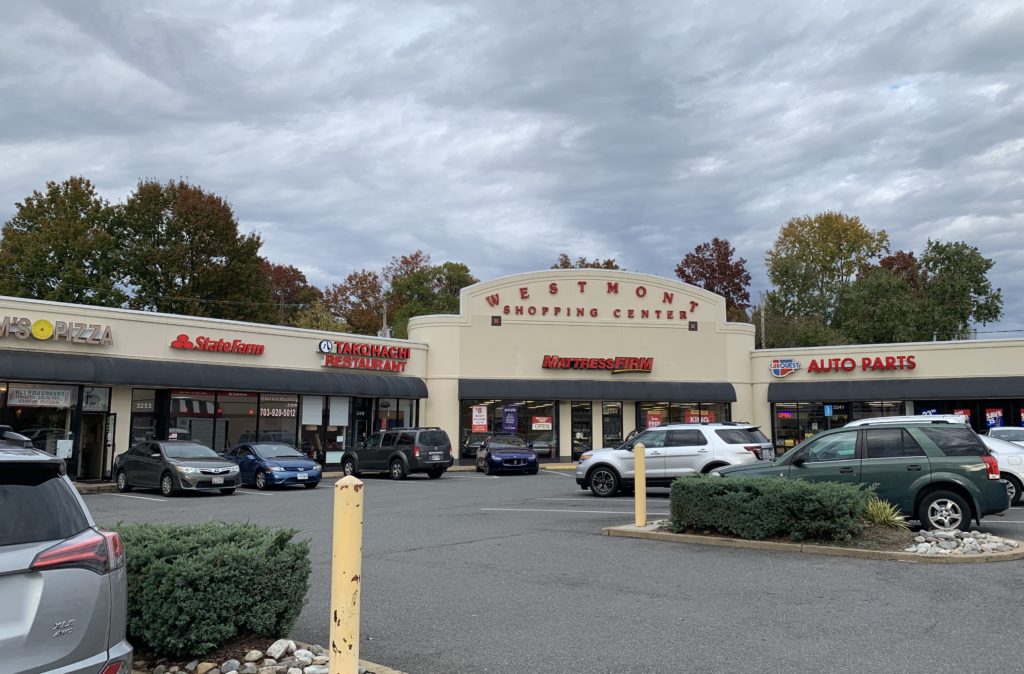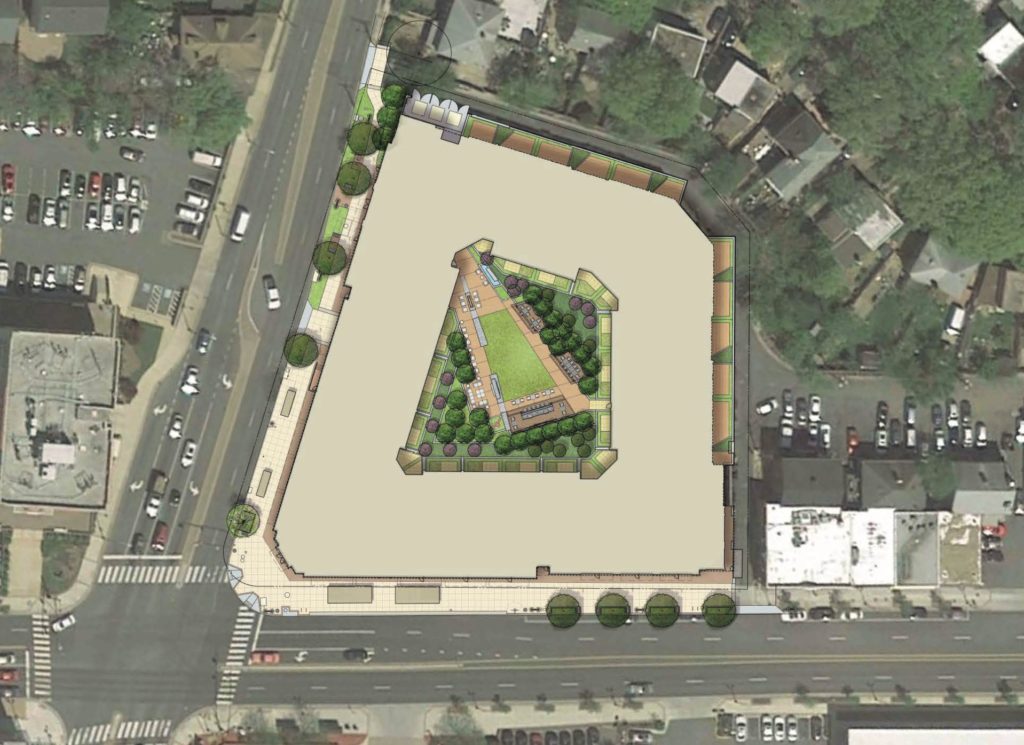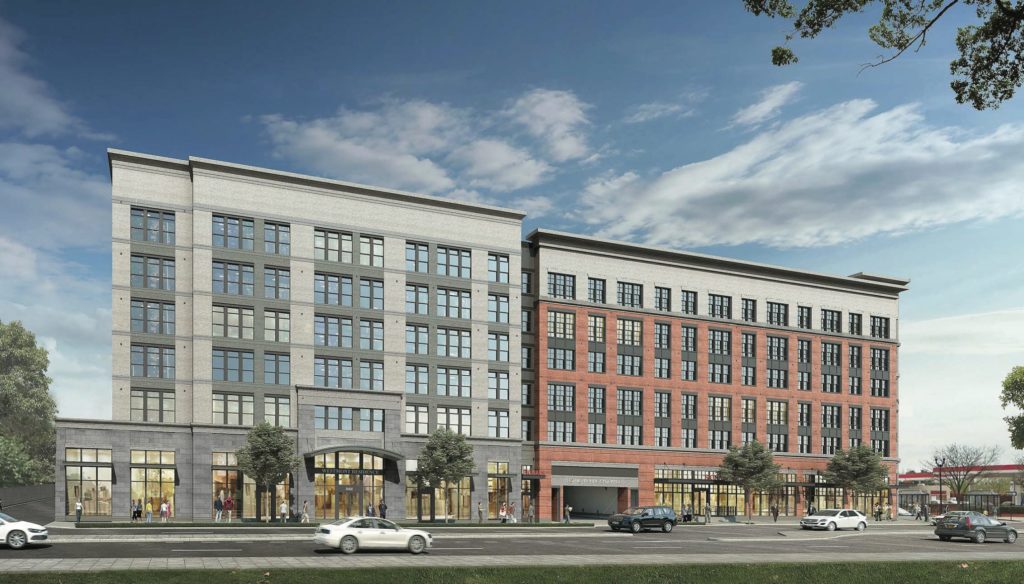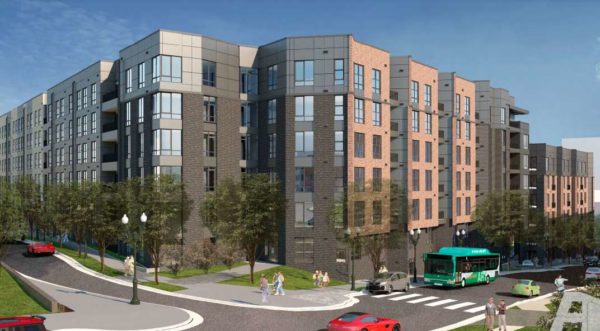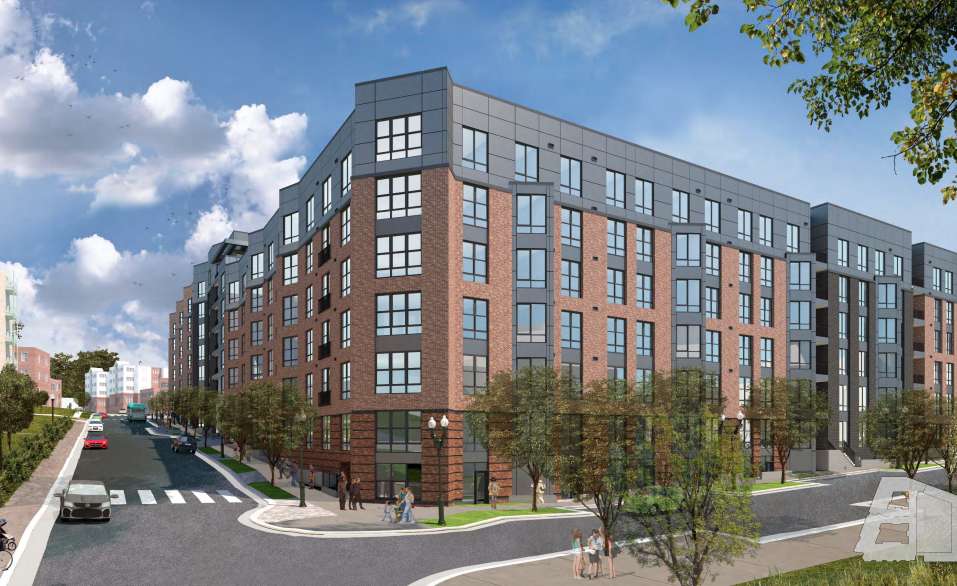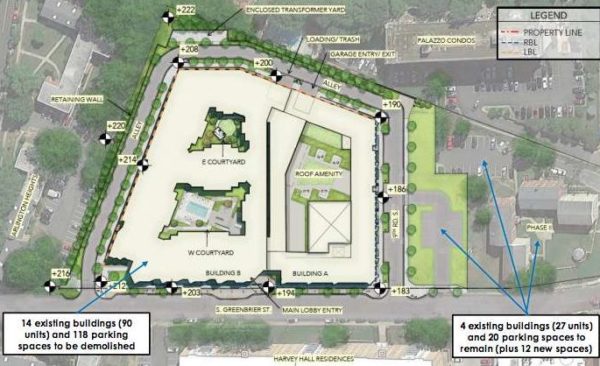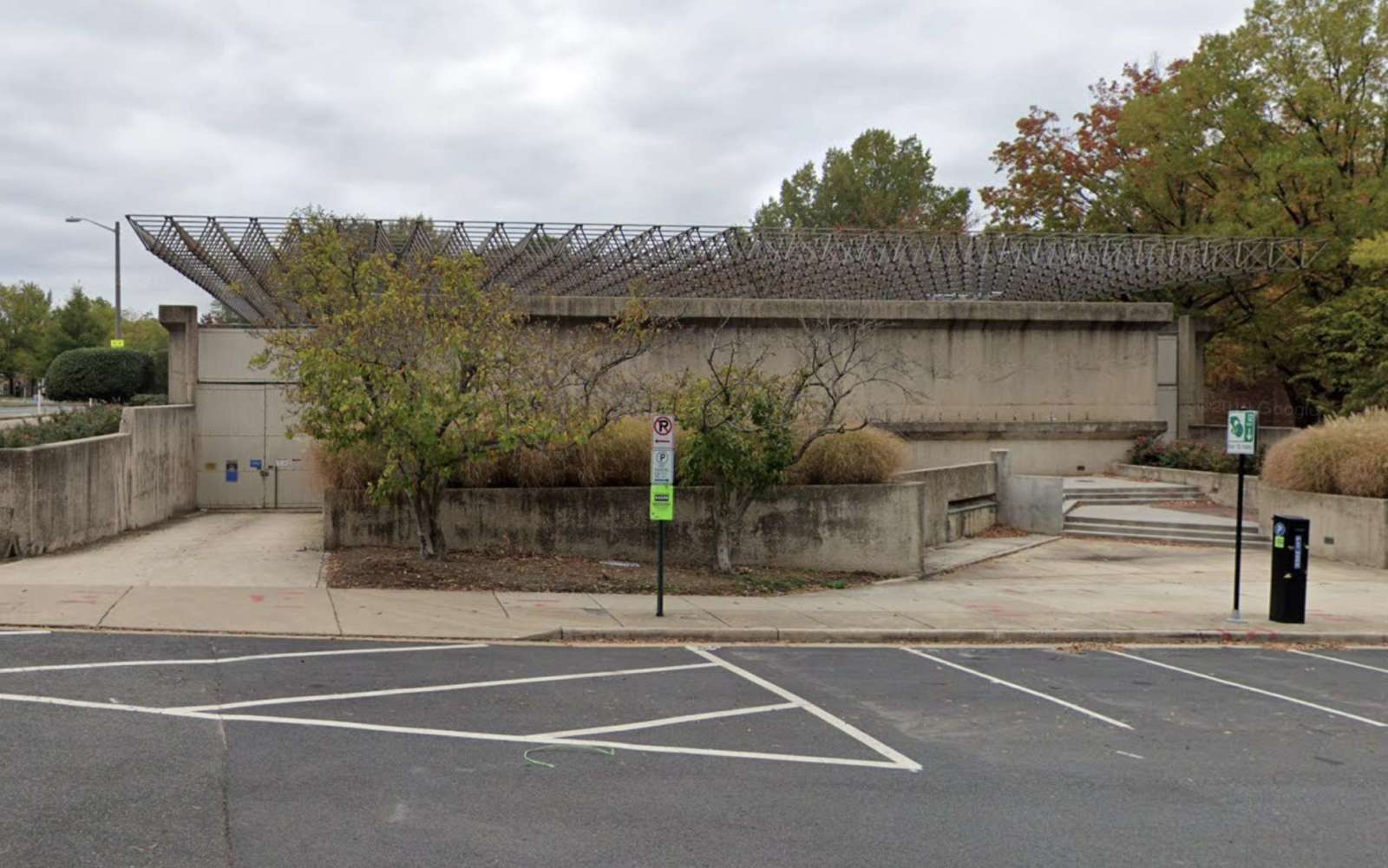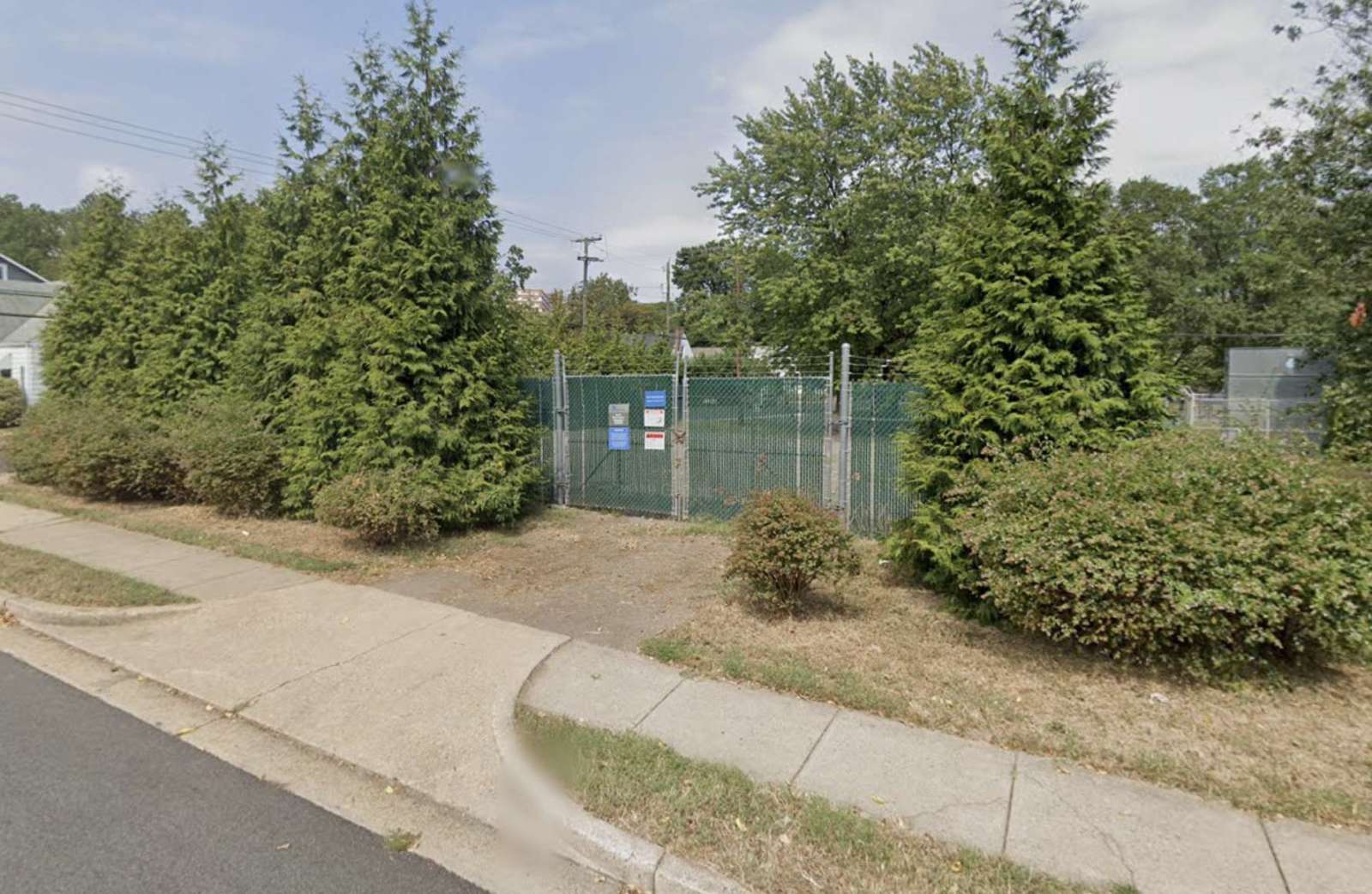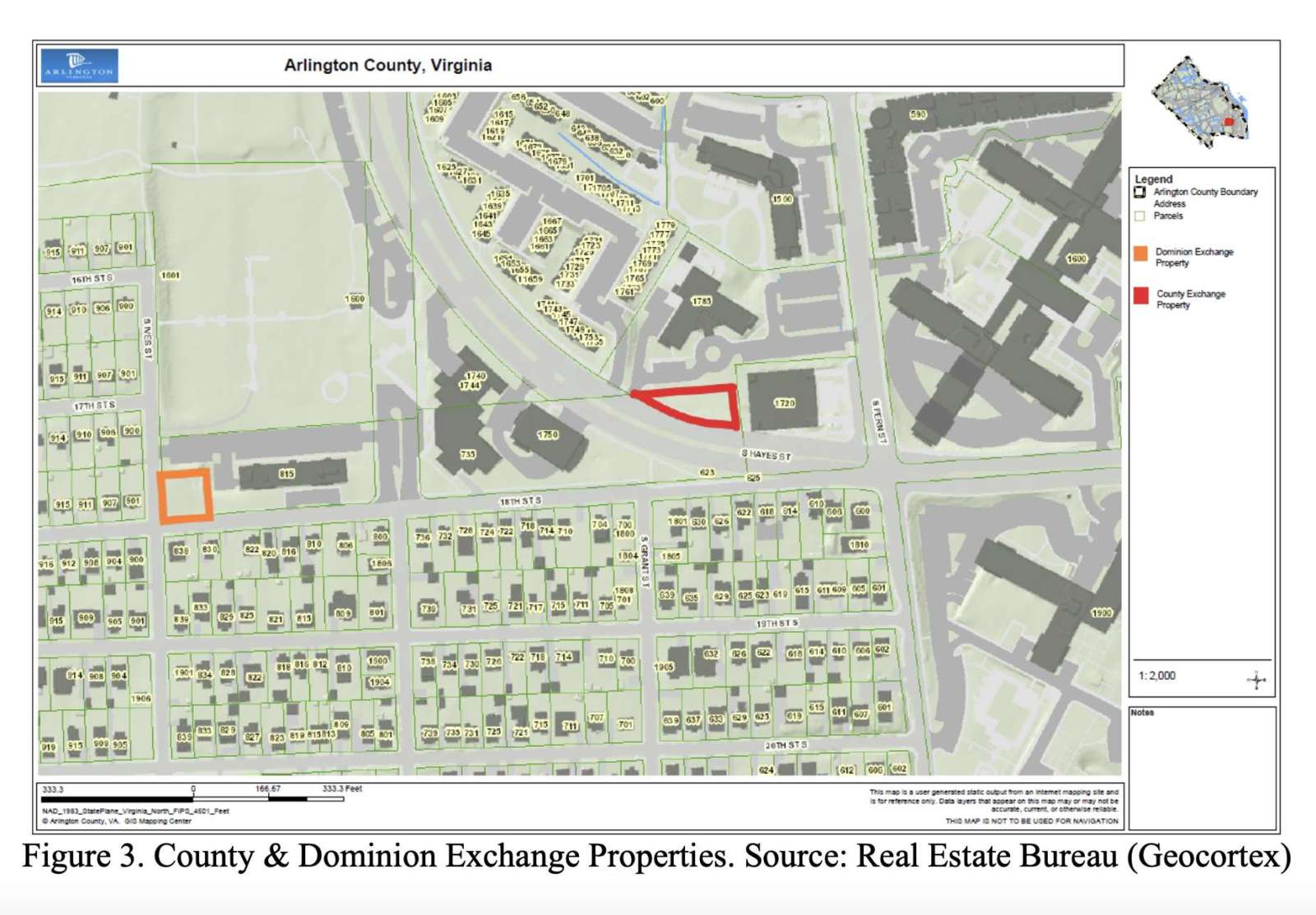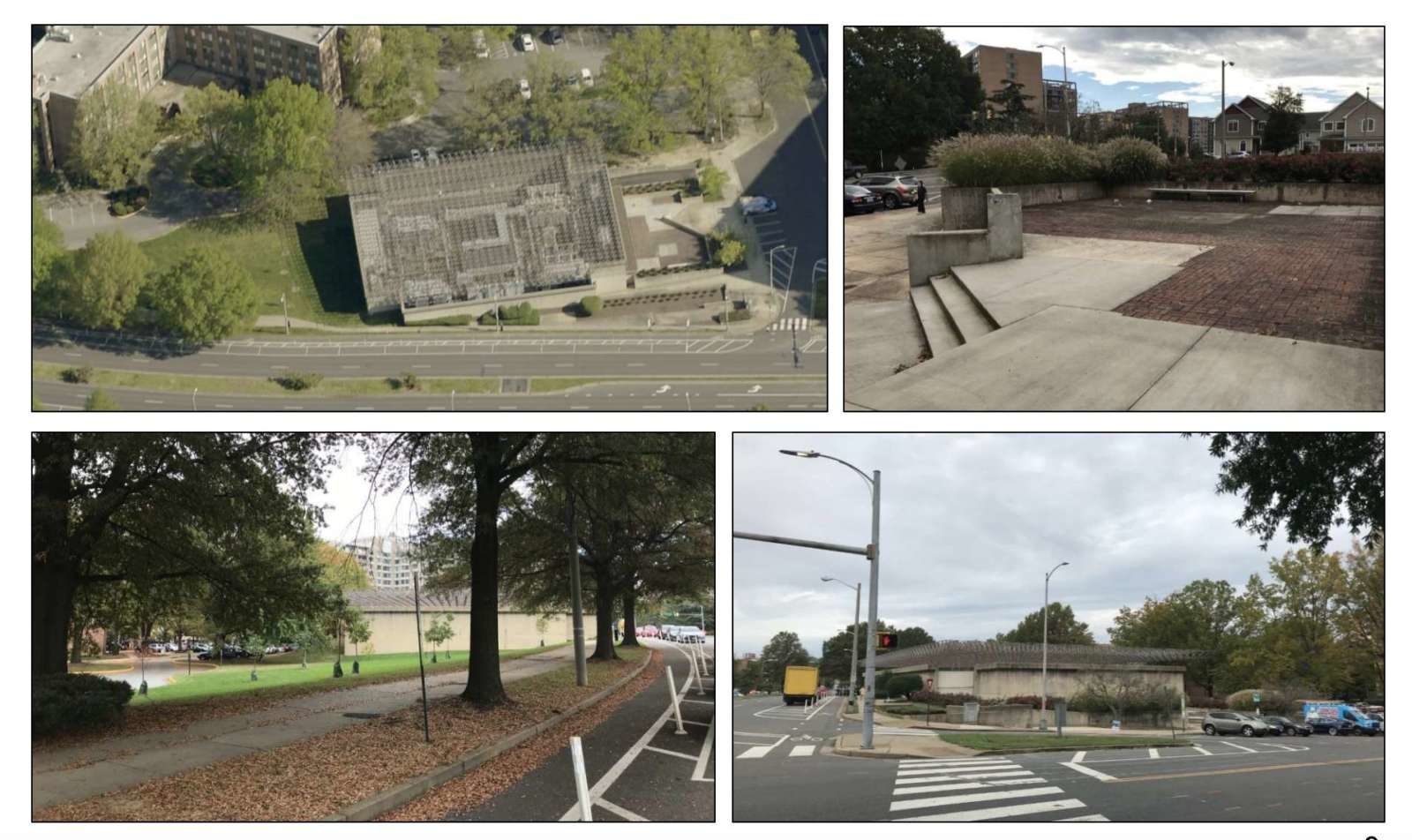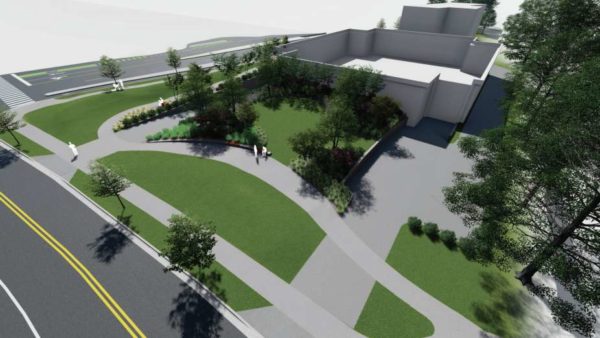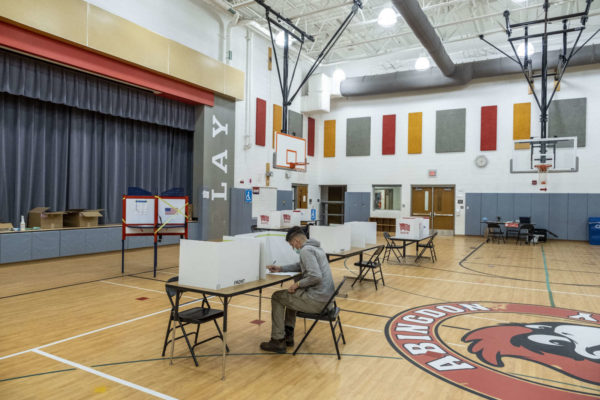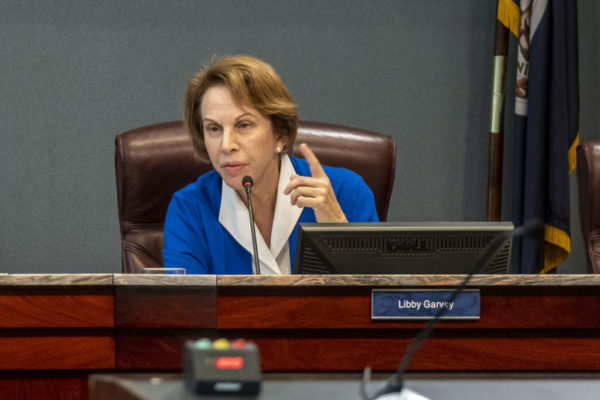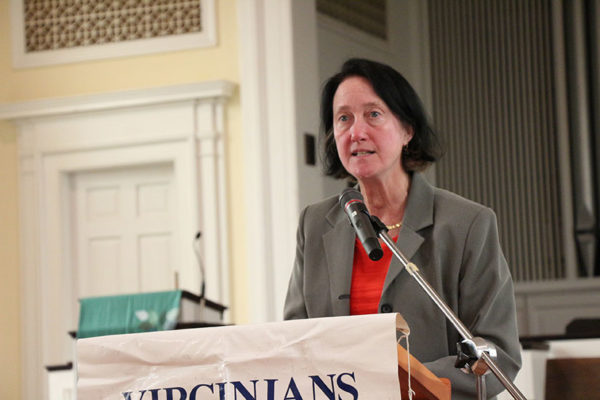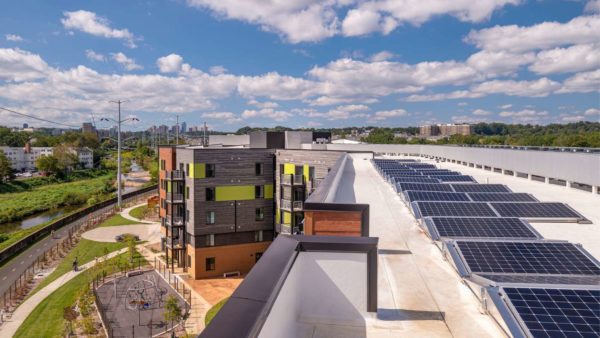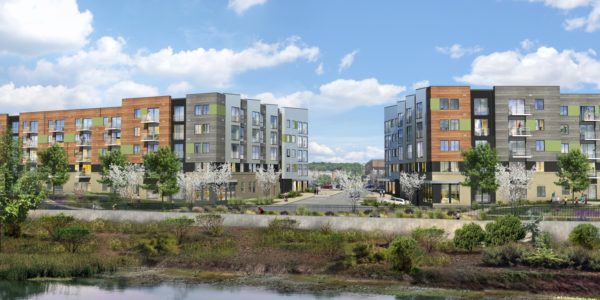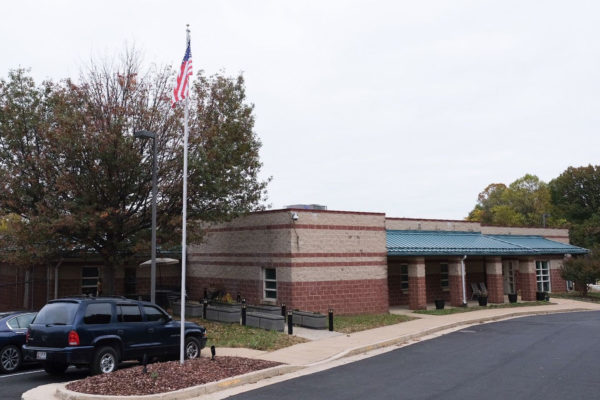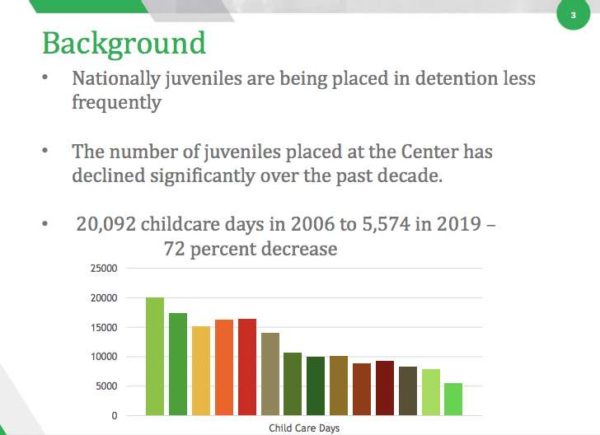(Updated 11/19/20 at 6:30 p.m.) Along with the coming cold snap and the yearly debate over when to play Christmas music, the arrival of Arlington’s annual Christmas tree sales are one of the signs the holiday season is upon us.
This year, some of the volunteer organizations and churches that hold the sales have changed their operations, with health and safety precautions in mind.
One is seeking County Board approval this weekend to return to the same location as last year.
The South Arlington Lions Club is asking Arlington County to allow it to set up a Christmas tree stand at the corner of Columbia Pike and S. Four Mile Run Drive, in a small county-owned parking lot. The County Board is slated to review the permit request on Saturday.
The Lions Club shop for trees, wreaths and garlands is scheduled to run from Saturday, Nov. 21 through Saturday, Dec. 12. Members and volunteers will be manning the pop-up location at the following times.
- Monday to Friday — noon-8 p.m.
- Saturday and Sunday — 9 a.m.-7 p.m.
The Optimist Club of Arlington, meanwhile, will start selling trees, wreaths and garlands on Friday, Nov. 27 in the Wells Fargo Bank lot along Lee Highway (2213 N. Glebe Road). The lot will be open every day until December 23, with the following hours:
- Monday to Thursday — 2-8 p.m.
- Friday — noon-8 p.m.
- Saturday and Sunday — 9 a.m.-8 p.m.
Among the sales facing pandemic-era changes is that held by the Clarendon United Methodist Church.
The church has 150 Christmas trees available for sale until Nov. 22. That’s less than half of what the church typically orders, and the trees are only available for pre-sale. Due to the coronavirus, buyers cannot pick out the exact tree they want.
“Although this year is a bit different because of COVID-19, CUMC wants to help you celebrate the season with the beautiful sight and scent of a freshly-cut Fraser Balsam Cross Fir Christmas Tree,” the website said.
The six- to eight-foot tall trees cost $75, and the proceeds from the sale benefit Arlington Thrive. The nonprofit provides emergency financial assistance to residents experiencing a sudden financial crisis.
The church encourages those who are interested to visit its website and nab one soon because “once they’re gone, they’re gone!”
The boys and girls of Troop 167 have kicked off online pre-sales of Christmas trees, which come in three sizes, along with 25-inch wreaths. On-site sales will open at Mount Olivet United Methodist Church (1500 N. Glebe Road) on Nov. 26, 27 and 28 and the following weekend, Dec. 4, 5 and 6.
The hours for the pop-up at Mount Olivet are:
- Friday — 4-8 p.m.
- Saturday — 9 a.m.-8 p.m.
- Sunday — noon-6 p.m.
Due to the coronavirus, the scouts are offering a contact-less experience. Customers can order online and the scouts will deliver the trees and wreaths to customers’ homes. Trees cost $15 to deliver and wreaths $10. For both, the delivery fee would be $15.
“We will follow best advice health and safety protocols to make the experience as safe as possible for everyone, including the wearing of face coverings by all,” the troop’s website said.
Proceeds from the sales support a year’s worth of Scouting activities for the boys and girls of Troop 167.
Boy Scout Troop 162 will sell Christmas trees and rope in the parking lot of the Dominion Hills pool at 6000 Wilson Blvd. For COVID-19 protections, customers will be limited to ensure social-distancing and have the option to pay in advance with PayPal and have the tree delivered.
All proceeds subsidize the troop’s camping and outdoor activities.
The scouts’ shop first day of business is Friday, Nov. 27 from 9 a.m. to 9 p.m. After that, the hours are:
- Monday through Fridays — 4-8:30 p.m.
- Saturday and Sundays — 9 a.m.-9 p.m.
For the first time, this troop has partnered with Arlington Food Assistance Center to provide trees to those who are less fortunate.
“We have committed to provide trees to a minimum number of families and hope to exceed it,” Troop 162 Committee Secretary Alysia Fullen said in an email. “We welcome donations from our customers to support this effort.”
St. Andrew’s Episcopal Church (4000 Lorcom Lane) is selling fresh trees from Vermont, beginning on the Friday of Thanksgiving weekend and continuing through Dec. 12 and 13, or while supplies last.
The first weekend of sales will be from Nov. 27 to 29. On Friday and Saturday, sales will be from 9 a.m. to 5 p.m. and on Sunday, from 11 a.m. to 5 p.m.
After that the schedule is:
- Saturdays — 9 a.m. to 5 p.m.
- Sundays — 11 a.m. to 5 p.m.
Do you know of other local sale locations not mentioned here? Let us know in the comments.



